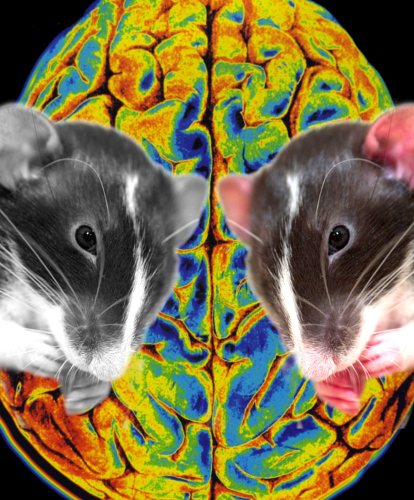Brains balloon during learning
 Neuroscientists have watched the brain grow and shrink as lessons become engrained functions.
Neuroscientists have watched the brain grow and shrink as lessons become engrained functions.
Evidence suggests that the number of brain cells - neurons, synapses, and glial cells - does initially increase as people learn, but many are eventually pruned away or assigned to other roles.
“Brain matter volume increases in the initial stages of learning, and then renormalises partially or completely,” says first author Elisabeth Wenger, a neuroscientist at the Max Planck Institute for Human Development in Berlin.
“This seems to be an optimal way for the brain to first explore the possibilities, call in different structures and cell types, select the best ones, and get rid of the ones that are no longer needed.”
The find evidence of this in action, the researchers looked to a study in which right-handed people learned to write and draw with their left hands.
After a month, their brain volume had increased, but three weeks later it was nearly back to normal.
Researchers observed similar results in another study in which monkeys learned to use a rake to retrieve food.
Other studies covered in their recent paper included one where people learned new hand movements, and another in which rats differentiated between sounds.
The research team was actually surprised by how often the phenomenon of brain expansion and renormalisation has been recorded already in animal studies, and have added to previous predictions that it applies to human brains too.
“We are definitely not the first to suggest or introduce the expansion-renormalisation model,” says Wenger.
“I think we are just the ones who are now promoting it in the field of grey matter volume changes in humans.”
The researchers say the theory should have more influence on how researchers design neural studies.
“In a way, it is now apparent that the typical design is just insufficient to show the full scope of changes that happen,” Wenger says.
“This theory calls for study designs with more measurement time points to properly display changes in brain volume.”








 Print
Print